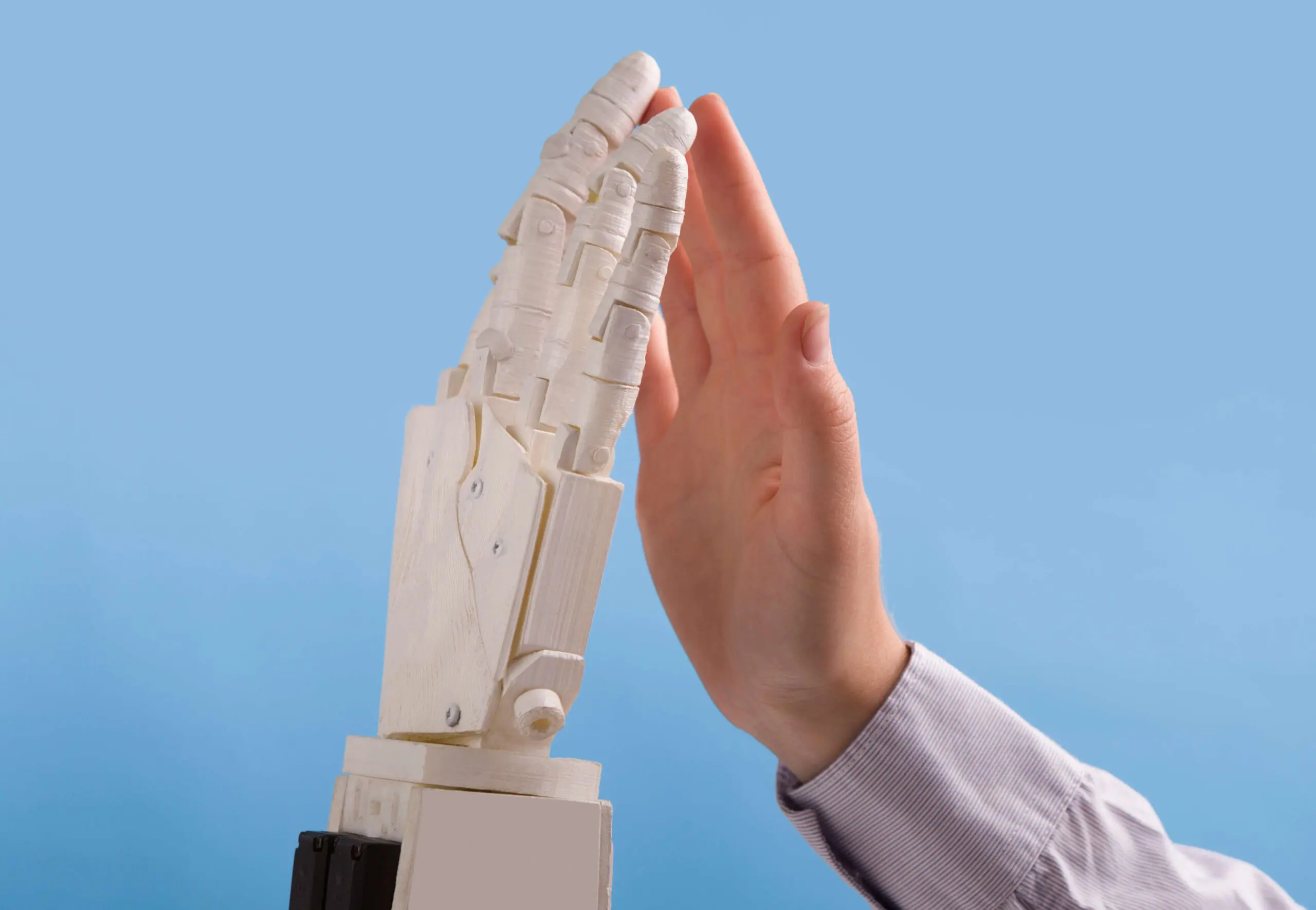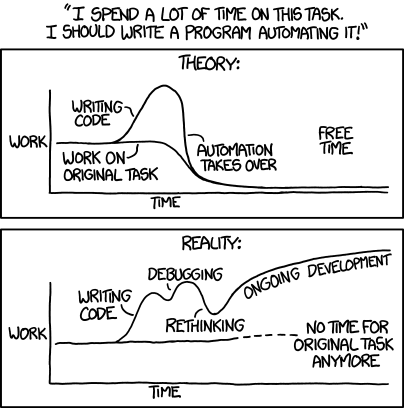
Reasons why businesses are investing in Robotic Process Automation
RPA not simply replacing humans but augmenting the work they do, making people more productive by RPA software robots undertaking the repetitive tasks in the business processes.
HOW CAN RPA INVESTMENT HELP A BUSINESS?
- Reduce costs
- Save time
- Provide more capacity
- Increase compliance
- Increase data privacy
- Does not require existing IT system changes
1 – Reduce costs
The cost of operating an RPA software robot to perform a task can be low providing the available capacity is used to a reasonable level.
The effective cost of a software robot that is operating at full capacity is approximately £2 per hour!
That is a lot less than the “Living Wage”.
Studies have shown that people make errors when undertaking repetitive business processes which is typically circa 4% of the tasks completed. RPA software robots are consistent and do not make random errors. Yes, RPA software robots might “Break” due to a system failure but that will impact the complete processing and not leave a random selection of errors in the data. The cost of fixing the human errors is avoided with RPA.
2 – Save time
Automation with RPA software robots reduces the time required from people to get the task completed. Robots work faster than people and do not take breaks. It is task dependent, but it is common for an RPA software robot to on average complete tasks 5 to 10 times faster than a person over an extended period of time.
As RPA software robots can be operated 24 x 7, there is often the opportunity to adjust when tasks are performed once they are no longer constrained by the working hours of staff.
RPA software robots do not take holidays or take sick leave, although they will require small amounts of downtime for periodic maintenance (i.e. software patches and upgrades).
With RPA software robots freeing up time for people, they will have more capacity to focus on the unusual, the exceptions and the complex tasks which are less suitable for automation.
3 – Provide more capacity
As the number of staff available to perform a business process in the required timescale is limited, the ability to get some tasks that staff would otherwise perform transferred for execution by a RPA software robot, provides an increase in capacity.
A single RPA software robot operating at the same speed as a person performing a task has 4.2 times the capacity of a person working a typical 40 hour week ( Robot capacity is 24 * 7 = 168 hours per week).
4 – Increase compliance
The consistency provided by RPA software robots performing tasks is always 100% providing the appropriate error handling has been built into the automation.
People can make human errors, but they can also be distracted so that tasks get left unfinished.
Many studies have shown that human error is a common cause for compliance breeches particularly in respect of GDPR.
Reconciliation, auditing and consistency checking are all repetitive tasks that ensure compliance. They are very “boring” type tasks that people struggle to stay concentrated. Such tasks are ideal for automation, as they are high volume and predictable. It can be “Like looking for a needle in haystack” but finding those few “Exceptions” before they become an issue can be real valuable to any business.
A growth area for reconciliation work is “Cyber Security”. The need for regular checking of security configurations and user activity has never been higher. Such tasks are suited to automation with RPA software robots, particularly as they can execute 24 x 7. Automating processes to discover exceptions, the unusual and the extremes, can yield increased confidence in cyber security measures.
Some of GDPR processes themselves are clear candidates for automation as they need to be performed effectively and within well defined time periods. The “Data Subject Access Request” is likely to have many elements where the retrieval and assembly of the information plus any redaction of the text is a likely to benefit from automation. Similarly, the “Right to be forgotten” is a process that can benefit from data privacy delivered by RPA software robots.
“Know Your Customer – KYC” is an area that regulators often examine for levels of compliance, as it is often a series of checks with appropriate evidence being capture, the process is often suitable for automation with an RPA software robot.
5 – Increase Data Privacy
When an RPA software robot processes data it removes a person from seeing the values. People are human so there is always the risk of gossip and “Careless talk” about data values that have been processed. It will always be the high profile data (e.g. Celebrity) that gets remembered and spoken about.
The RPA software robots never leave an organisation whereas people who have been processing data do change employer. Although there can be legal protection from data being taken by an employee, they will inevitably carry some information in their memory.
6 – Does not require existing IT system changes
RPA software robots simulate the activity a person would perform to undertake a task. The simulation is able to work with existing IT system interfaces. During development it is common to watch an RPA software robot performing the interaction on GUI displays to verify that the simulation of the human actions are correct.
During development of an automated process it might be decided that the RPA software robot should interact with some IT systems based on available API facilities rather than the GUI screens a person would use. When this option is taken, it does not require any change in the IT system except perhaps to enable API processing.
RETURN ON INVESTMENT
The implementation of an RPA software robot and the first automated process is usually completed in a few weeks. The time taken will depend on the scope of the task being automated but the more complex the task, the bigger the savings will be for each automated execution.
Once the automation is deployed in production, the investment will start to obtain a return through the savings the RPA software robot delivers. The beneficial return should continue to be realised as long as the automation keeps operating.
The investment will be in the RPA software robot development and production licences, the server resources for the automation’s execution and the man power effort to develop the automated process.
As well as initial investment to provision the software, training of staff, etc., it needs to be recognised there will be some on-going costs such as software maintenance of the RPA software robots. It is important to recognise that these higher value tasks are being created and need to be balanced against the routine task work performed by the RPA software robots.
Any automate process is going to be interacting with a number of other IT systems as it performs the business tasks, those other systems can be subject to “Change” which may impact the RPA software robot causing it to need adjustment. This will require good change management to ensure that high levels of operation are maintained.
Allowing for the initial investment and the on-going costs, the typical “Pay Back” period is measured in months not years. This makes the investment in RPA software robots for most businesses very attractive.















